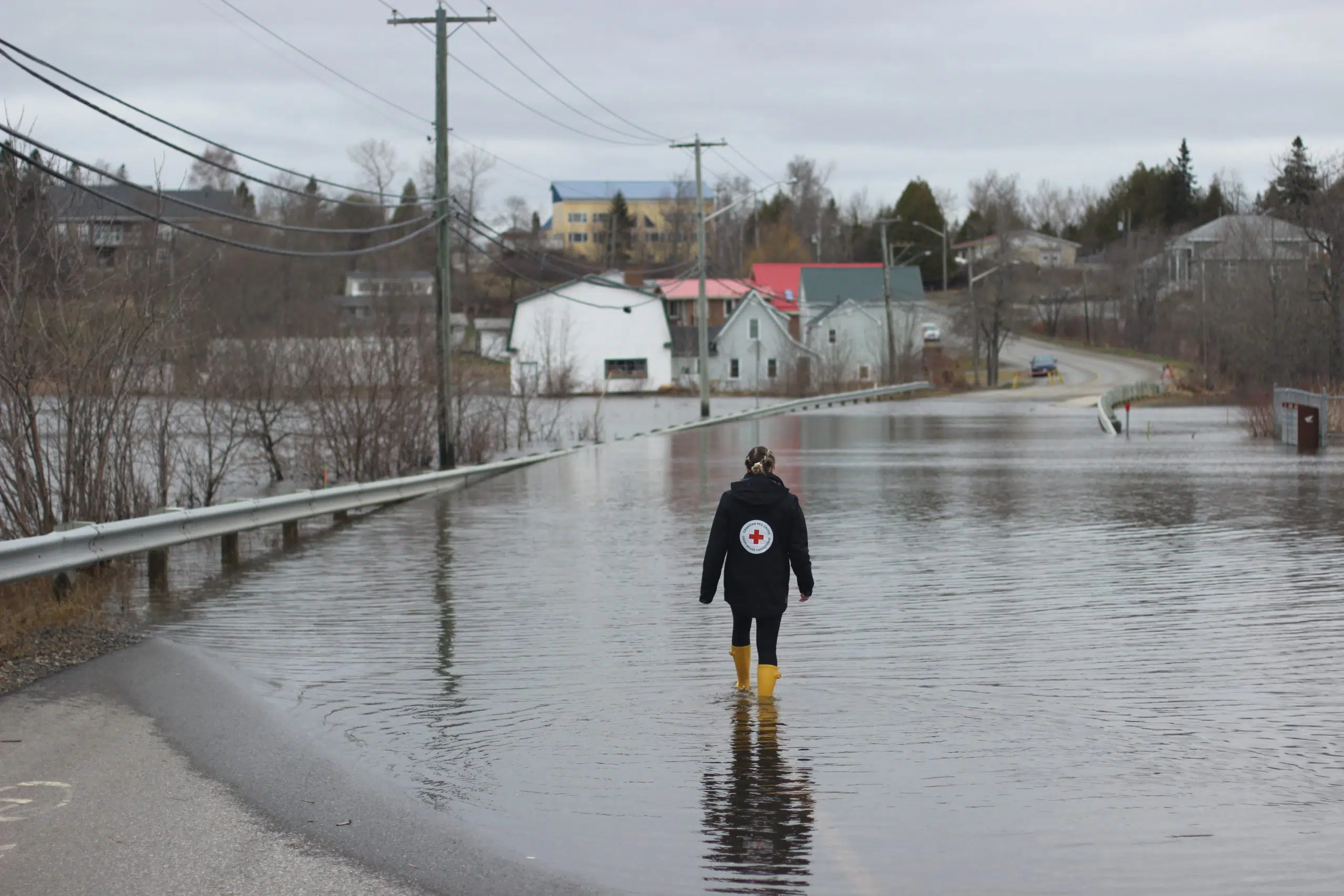Officials with New Brunswick EMO say they are optimistic heading into this year’s spring freshet.
There is a lot less snow on the ground than usual for this time of year and it has already started to melt.
But Kyle Leavitt, director of New Brunswick EMO, said people living near waterways need to stay alert.
“We know conditions can change at any time and flooding is highly dependent on day-to-day weather,” Leavitt said during the launch of River Watch on Tuesday.
“The weather is difficult to accurately predict beyond a few days and can change quickly. We must stay alert and be prepared for flooding.”
For the next several weeks, officials will be closely watching the melting of ice and snow around watercourses, particularly the Saint John River Basin.
Officials receive a weather briefing each morning and collect data from several sources to develop river models and forecasts.
Don Fox, director of air and water sciences with the Department of Environment and Local Government, said snow depths are around one-third of what they were last year and there is a lot less water in the snow.
But Fox said that is not the only factor in determining what kind of spring freshet we could see each year.
“Rapid increases in temperature, combined with heavy rain events, can cause increased water levels and significant flooding,” he said.
If flooding is to be avoided from winter melts and rain events, Fox said warm days and cool nights will help the snowpack melt more gradually.
The director said ice jams can also cause a rapid rise in water levels. While there is already some ice movement, Fox said everything is cooperating so far.
Environment Canada Meteorologist Jill Maepea said they are forecasting a strong probability of above-normal temperatures this spring, but there is no clear signal for what precipitation totals will look like.
You can find more details through the River Watch website.








